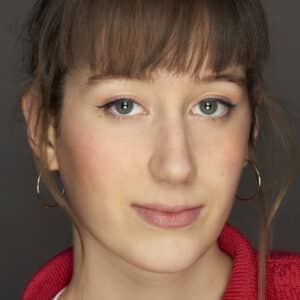Anchored in the field of sculpture, Katinka Bock has always considered photography as an afterthought, as a window onto a sculpted space. With nearly some sixty-five uncaptioned photographs, Der Sonnenstich places photography centerstage. The title o...



